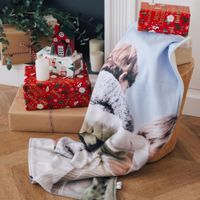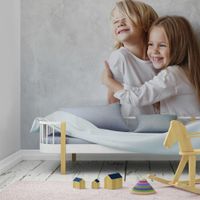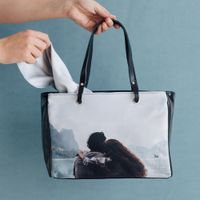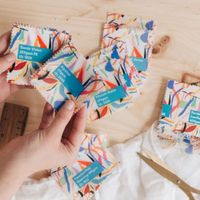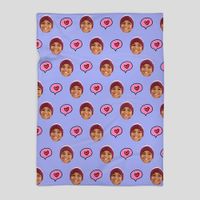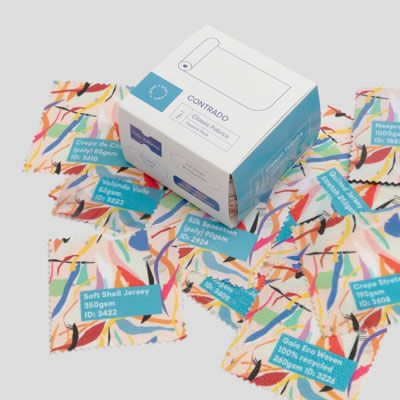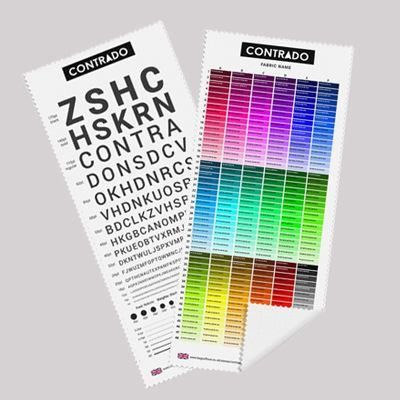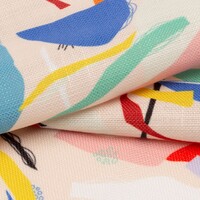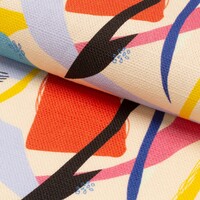Range of Linen Upholstery Fabrics
Browse our range of linen upholstery fabrics
-
![Dorchester Linen Look FR]()
Dorchester Linen Look FR
-
Max Print:
1.36m
-
Weight:
231gsm
-
Roll Width:
1.38m
Soft, Matt, Woven, Poly. Linen look. Coarse weave, large fibres. Off white base. Not totally Opaque. Great for craft projects.
Composition:100% polyester
-
![Cotton-Linen]()
Cotton-Linen
-
Max Print:
1.38m
-
Weight:
228gsm
-
Roll Width:
1.4m
Cotton 95% / Linen 5% blend. Plain weave with slub yarns in the weft. Durable, strong, breathable, absorbent, cool & smooth.
Composition:95% cotton 5% linen
Care instructions
Wash at 30°C, low tumble dry heat, hang to dry, do not wring, low heat iron.
What is Linen Upholstery Fabric?
Linen upholstery fabric is a combination of two different things. Upholstery fabric; the material parts of furniture, especially seats, and linen. Linen itself is a textile that is made from the flax plant, the word linen is of West German origin; combining the Latin name for the flax plant 'Linum' with the earlier Greek, 'linon'. Many words which we now use originated from the word linen, perhaps the most commonly used word is 'line'; which comes from the use of a linen thread to determine a straight line. In Ancient Egypt, linen was sometimes used as a currency, and it's also what mummies were wrapped in as a sign of purity. More recently, textiles that are made with a linen weave texture, regardless of the type of material used to make it, have been referred to as linen. When using a linen upholstery fabric, you need a heavyweight linen so that it stands up to the wear and tear that it will receive.
Personalised upholstery linen can also be used to add a touch of personality and creativity to a room. The use of personalised upholstery linen can add a unique touch of interest and visual appeal to your furniture piece, whether it be a sofa, chair, or your headboard. The advantage of having personalised upholstery linen is that it can be tailored to match the exact design and theme of the room and to reflect the personal taste of the owner. It's perfect if you make it truly unique for your home.
Upholstery linen fabric by the yard is a great option from Bags of Love if you are looking to add a unique touch to your home. This type of fabric is perfect for those to create your own upholstered furniture pieces or if you need to reupholster existing pieces. With upholstery linen fabric by the metre or yard, you have the flexibility to purchase the exact amount of fabric you need and the freedom to create your own designs. We produce it on demand, sustainably too.

